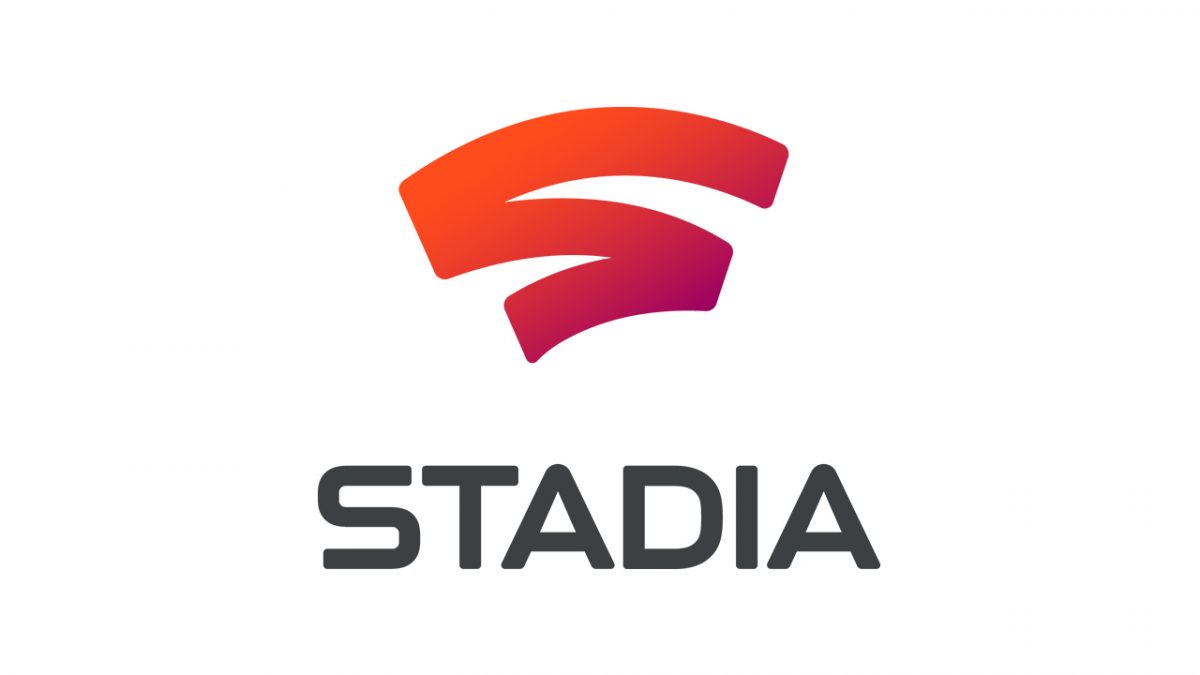Google announced that on January 18th, its cloud gaming service Stadia will be shut down for good. But why is that the case, you might wonder? The idea is great, this service would allow gamers with outdated hardware or with limited budgets to play the games they love everywhere. They would only require a strong internet connection, some hardware you can purchase and give up on some game latency.
The reason it ended up in the google project cemetery is that it never mattered and never had a chance to start, according to Jay Peters (2022). Google made some absurd missteps when managing the project. First, it was running on a proprietary Linux distribution, which came with a whole host of compatibility issues. Second, the consistent fund cutting that made it difficult for developers to plan ahead and support the project. And lastly worst of all, the failed business model. Gamers had to buy their games plus pay a usage subscription instead of going for a subscription model like Netflix by offering all the games available in bundles. Ensuring that gamers would rather buy their games on steam and then use Nvidia now (a competitor of Stadia), instead of buying them to have them exclusively on Stadia.
Google failed to apply a long-tail strategy, the games available were also available on most other platforms and they didn’t have many exclusives. They reportedly passed on the opportunity to buy several games and have them as exclusives such as a follow-up to Death Stranding.
The coffin in the nail was the release of the PS5 and the relieving pressure on computer hardware supply chains. Allowing gamers to buy the consoles at affordable prices now and not have to worry about latency in their games.


